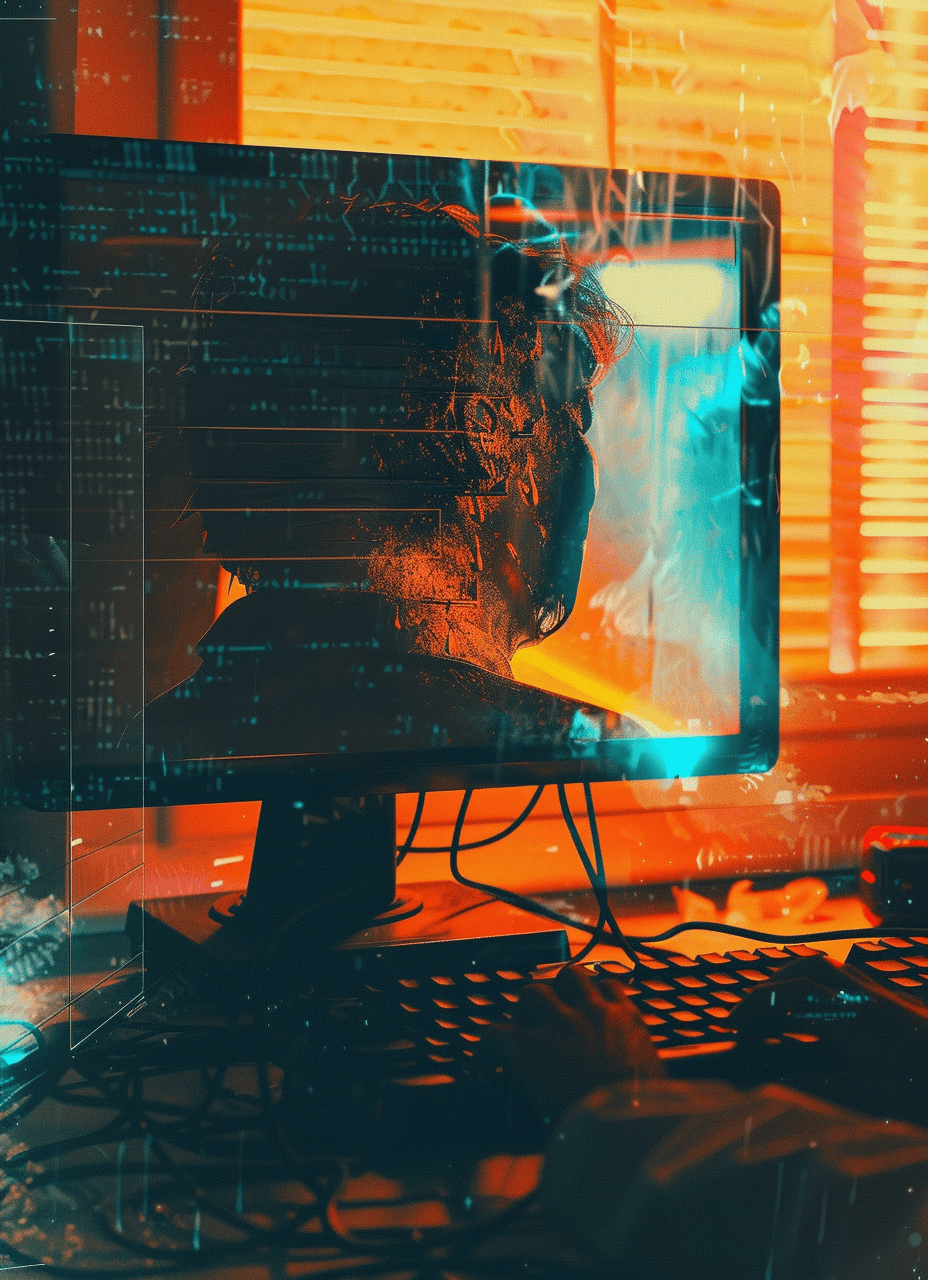
This year, we have seen a notable increase in the number of cyber incidents. The total number of (major) incidents in 2023 in the Netherlands is 953 (last updated October 2023). We look back at two high-profile attacks targeting Dutch parties in 2023, and explain how AI can be used as a countermeasure.
- There were many cyber attacks this year, on hospitals and large companies, among others.
- AI can be used in several ways to counter this problem.
Notable attacks
The past year saw repeated attacks by Russian hackers. In January, they started DDoS attacks from Killnet on Dutch hospitals. The University Medical Center Groningen was particularly affected, as the hospital’s information page was largely inaccessible for an extended period of time due to the attacks.
In September, the International Criminal Court (ICC) in The Hague was attacked. The ICC says the attack was for espionage and to disrupt their work. We do not know who is behind it. Investigations are under way with Dutch authorities to see if it was an attack by another country.
The KNVB paid a ransom this year to cyber criminals from the LockBit hacker group, who had stolen personal data from the football association. The criminals used hostage software and demanded more than 1 million euros, according to RTL Niews.
This is an article from our magazine IO Next: AI for good. The fact that AI is becoming an increasing part of our lives is a given. But what impact will this technology have on our lives in the future? This magazine edition focuses on precisely that question.

AI in fight against cyber criminals
Artificial intelligence (AI) is revolutionising cybersecurity in several ways.
Malware detection
In the fight against malware, AI uses advanced methods to assess the safety of files and scripts in a system. By examining various factors, such as file properties, code patterns and behaviour, AI can determine whether a file or script added to the system is safe or has malicious intentions. This also ensures a proactive approach: AI is well placed to detect and combat previously unidentified forms of malware.
Identification
AI also helps improve the authentication process. Unlike traditional methods that address threats only at login, AI can detect and respond to threats throughout the user session. For example, if a user suddenly changes location or device, or tries to retrieve financial data that is not relevant to their work, they will be asked to confirm their identity.
Detecting weaknesses
Artificial intelligence (AI) plays a crucial role in identifying weaknesses in business systems. This enables companies to proactively detect and fix weaknesses before they can be exploited by malicious actors. Think, for example, of automatically reporting software that needs updating, or detecting misconfigured systems.

How to proceed
A report by Hiscox Insurance shows that in the past year, one in four Dutch companies has been attacked by ransomware. Many companies do not take cybersecurity seriously enough.
How to proceed? By intelligently integrating AI, companies can prevent significant problems. Moreover, experts advise companies to work together in working groups, such as Isac (Information Sharing and Analysis Centre), to jointly protect themselves against cybercrime. Special manuals exist for companies wishing to set up an Isac. A well-structured Isac, with sector-specific confidentiality rules, can be an effective security measure. Support from external experts, for instance, also increases the chances of success. Although cybersecurity remains primarily the responsibility of organisations, external support is important for the overall security level of the Dutch business community.

